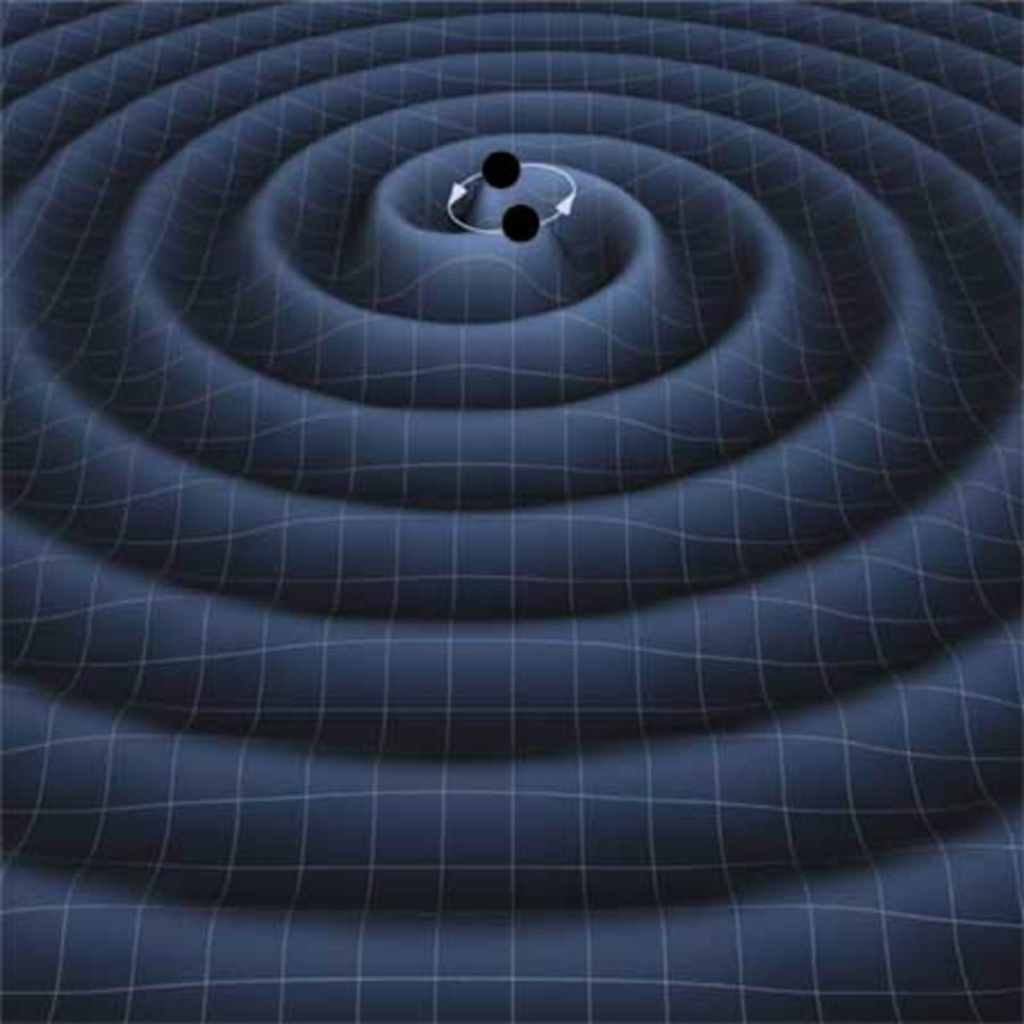Exploring the Physics of Parallel Universes: A Journey Beyond Our Reality The concept of parallel universes often referred to as the “multiverse” has captivated human imagination for centuries. From past philosophies to contemporary skill fable the mind that our world is good i of numerous has been amp case of scheme. But what does contemporary physics say about this tantalizing possibility? In this article we Dive into the scientific theories and discoveries that suggest the existence of parallel universes exploring their implications and the profound questions they raise about the nature of reality.

The Many Worlds Explanation
One of the most compelling theories supporting the existence of parallel universes is the Many Worlds Interpretation (MWI) of quantum mechanics. Proposed by physicist Hugh Everett III in 1957, MWI suggests that all possible outcomes of quantum measurements are realized, each in a separate, non-communicating branch of the universe. This means that every time a quantum event occurs with multiple possible outcomes, the universe “splits,” creating a new parallel universe for each possibility.
For instance, consider the famous Schrödinger’s cat thought experiment, where a cat in a box is simultaneously alive and dead until observed. According to MWI, upon observation, the universe splits into two: one where the cat is alive and another where it is dead. This interpretation challenges our classical understanding of reality, suggesting a vast, branching multiverse where every possible event occurs in some branch.

Cosmic Inflation
& Multiverse
Another approach that leads one to the multiverse hypothesis is cosmic inflation. Put forward by Alan Guth during the 1980s, the theory of cosmic inflation is based on a notion that the universe in its very first fractions of a second after the Big Bang had an exponential rate of expansion. This expansive process might have resulted in the creation of many distinct “bubble” universes, each with its very own unique physical properties and constants. These bubble universes are often referred to as a Level II multiverse.
In this framework, our observable universe is but one bubble in a sea of bubbles, each of which may have different laws of physics. This not only expands the scope of cosmology but also raises questions about the uniqueness of our universe and the fundamental constants that govern it.

String Theory
String Theory and Higher Dimensions String theory one of the best candidates for a unified theory of physics also postulates parallel universes. According to this train hypothesis, the important constituents of the world are not point-like particles just little moving strings. These strings can vibrate in several dimensions beyond the familiar three of space and one of time. The hypothesis predicts a world of more spatial dimensions around which might be work compactified and out of our sight in the course of the multiverse train hypothesis puts forth the probability that various configurations of the redundant dimensions may exist on different tracks of nature’s Torah subsequent inch and great tout ensemble of universes each with its very distinctive properties.
This has become to be known as the “landscape multiverse”, with the vast possibility of string theory’s ground states translated into different universes in the multiverse.
Recent Discoveries
Advancements in quantum computing have provided intriguing insights into the multiverse hypothesis. In December 2024, Google unveiled a breakthrough quantum chip named Willow, which solved a complex computational problem in just five minutes—a task that would take traditional supercomputers around 10 septillion years. Hartmut Neven, leader of Google’s Quantum AI team, suggested that this astonishing performance supports the theory that quantum computation may occur across parallel universes. This aligns with Oxford University’s David Deutsch’s theory, which might substantiate the “many worlds interpretation” of quantum mechanics.
While this claim is still under debate, it highlights the potential of quantum computing to probe the fundamental nature of reality and possibly provide empirical evidence for the existence of parallel universes.
Conclusion
The exploration of parallel universes is at the frontier of modern physics, intertwining quantum mechanics, cosmology, and theoretical physics. While definitive evidence remains elusive, the theoretical frameworks and recent advancements suggest that the multiverse is a plausible concept. As research progresses, we may uncover more about the fundamental nature of reality and our place within this vast, possibly infinite, cosmos.
